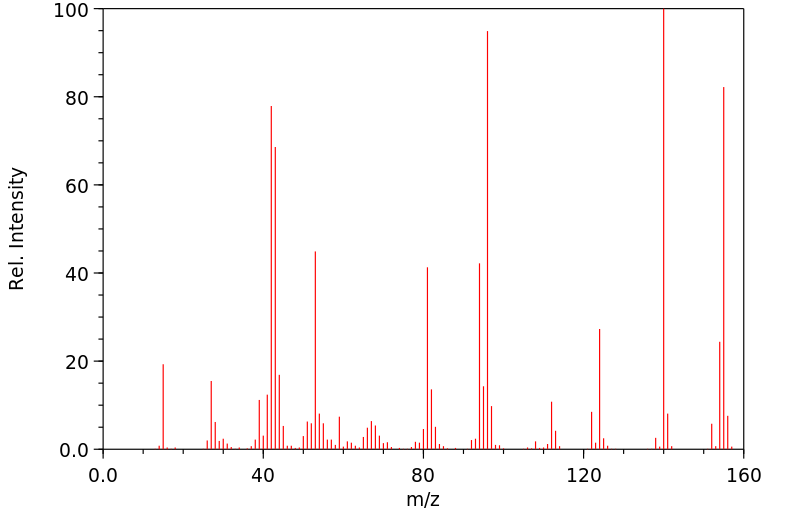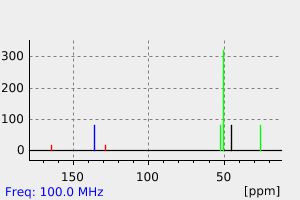毒理性
槟榔碱是槟榔对中枢神经系统产生作用的主要活性成分。槟榔碱曾被与尼古丁相比较;然而,尼古丁主要作用于尼古丁型乙酰胆碱受体。槟榔碱已知是毒蕈碱型乙酰胆碱M1、M2、M3受体和M4受体的部分激动剂,这被认为是其副交感神经效应(如瞳孔收缩、支气管收缩等)的主要原因。(维基百科)槟榔碱在浓度超过50微克/毫升时对人类牙龈成纤维细胞具有细胞毒性,通过耗尽细胞内巯基和抑制线粒体活性(P<0.05)。此外,细胞在G2/M期表现出明显的剂量依赖性阻滞。(A15351)
Arecoline is the primary active ingredient responsible for the central nervous system effects of the areca nut. Arecoline has been compared to nicotine; however, nicotine acts primarily on the nicotinic acetylcholine receptor. Arecoline is known to be a partial agonist of muscarinic acetylcholine M1, M2, M3 receptors and M4, which is believed to be the primary cause of its parasympathetic effects (such as pupillary constriction, bronchial constriction, etc.). (Wikipedia) Arecoline is cytotoxic to human gingival fibroblasts at a concentration higher than 50 μg/ml by depleting intracellular thiols and inhibiting mitochondrial activity (P<0.05). In addition, the cells displayed a marked arrest at G2/M phase in a dose-dependent manner. (A15351)
来源:Toxin and Toxin Target Database (T3DB)








